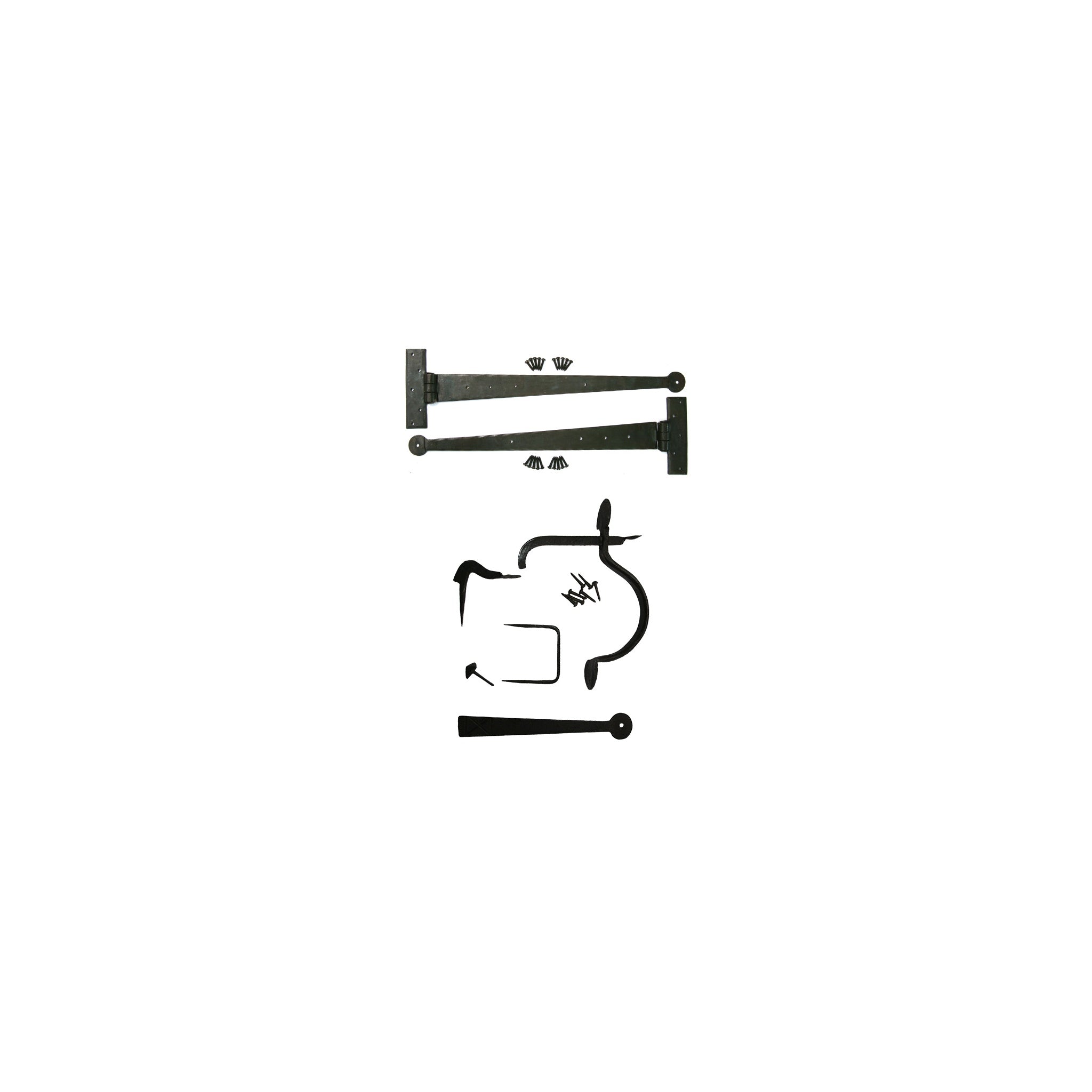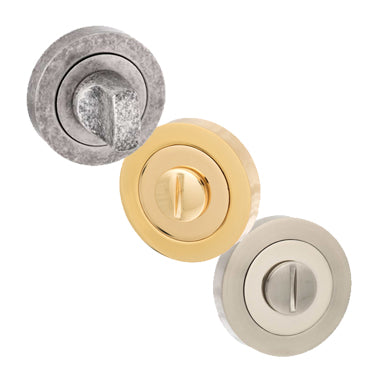

When installing or replacing doors in your property, it's crucial to be aware of the various door regulations in the UK. These regulations are in place to ensure the safety, accessibility, and energy efficiency of buildings. Here's a guide to help you understand the key door regulations:
Fire Safety Regulations
Fire safety is a critical aspect of door regulations. The following are some essential points to consider:
- Fire doors are required in certain areas of a building, such as between a garage and the main house, or between a staircase and a room in a three-story home.
- Commercial buildings, apartment blocks, sheltered housing, and houses of multiple occupancy must have fire doors installed as per legal requirements.
- Fire doors must be constructed with fire-resistant materials and fitted with appropriate hardware, such as self-closing devices and intumescent strips.
Building Regulations
Building regulations cover various aspects of door installation, including:
- Minimum door width and height requirements to ensure safe passage and accessibility.
- Ventilation requirements for rooms, which can be met by installing air vents or undercuts in doors.
- Glazing regulations for doors with glass panels, specifying the type of glass and maximum panel sizes allowed.
- Energy efficiency requirements, which may involve installing doors with appropriate thermal insulation properties.
Accessibility Regulations
The Equality Act 2010 sets out requirements for accessible building design, including door regulations:
- Doors should have a minimum clear opening width of 800mm to allow wheelchair access.
- Door handles and locks should be positioned at a height between 850mm and 1050mm from the floor, making them accessible to people of various heights and those with limited reach.
- Door thresholds should be level or have a maximum upstand of 15mm to prevent tripping hazards and enable smooth wheelchair transition.
Listed Buildings and Conservation Areas
If your property is a listed building or located in a conservation area, there may be additional regulations and restrictions on door replacement or alterations. In such cases, it's essential to:
- Consult with your local planning authority or conservation officer before making any changes to your doors.
- Choose doors that are sympathetic to the building's character and maintain its historical integrity.
- Obtain necessary permissions or listed building consent before commencing any work.
By adhering to these door regulations, you can ensure that your property is safe, compliant, and accessible. Always consult with professionals, such as architects, builders, or door specialists, to ensure that your door installation meets all relevant regulations and requirements.































































































































